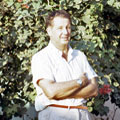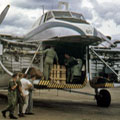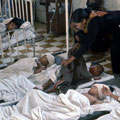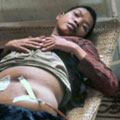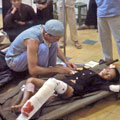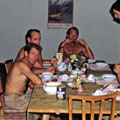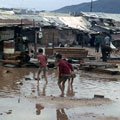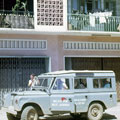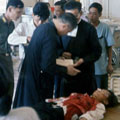In July 1967 Dr Donald Joseph ‘Joe' Dobson (1924-2003) swapped the safety of his suburban Christchurch practice for a six-month stint as a medical officer in Vietnam. Half an hour after arriving in the city of Qui Nhon, he was working with the New Zealand civilian surgical team on the crowded wards of the Binh Dinh provincial hospital.
Dr Dobson was busy treating a constant flow of local Vietnamese civilians – some from as far as 80 kilometres away. Many were victims of war, missing limbs due to landmines or sporting burns from napalm and phosphorous-based bombs. Others were suffering from infectious diseases like mumps, hookworm, typhoid, pneumonia, tetanus, malaria, bubonic plague and polio. The civilian surgical team also treated accidental injuries. Especially common were burns suffered by locals using petrol instead of kerosene to fuel their cookers and lanterns. The petrol was often stolen from United States military installations, and far more volatile than kerosene.
New Zealand Surgical Team
A six-strong civilian medical team arrived in April 1963 as part of New Zealand’s initial assistance programme to Vietnam. Based at the Binh Dinh provincial hospital, the team treated civilian war and accident casualties from the surrounding area. In 1966 the team grew to 14 – comprising three surgeons, a physician, an anaesthetist, an administrator, a laboratory technician, six nurses and a maintenance officer.
Ten hour shifts and 100 operations a week was common for the New Zealand surgeons – more than double the rate of New Zealand hospitals during the 1960s. Compounding the heavy workload were the challenging conditions. The surgical team had to contend with an unreliable electricity supply, oppressive heat, and cultural differences like the customary Vietnamese early afternoon siesta - during which the New Zealanders found it difficult to find help in the hospital.
Accommodation too presented its own challenges. At the time of Dr Dobson's tour the civilian surgical team had separate male and female quarters. Men stayed opposite ‘Coronation Street' – a large refugee camp built of boxes, cardboard, tin and other scraps. The New Zealand compound was a tempting target for the impoverished Vietnamese refugees. They regularly tapped the men's electricity supply by running improvised leads from the main power line, and once broke in and stole the men's refrigerator – returning later for the team's beer supply.
By contrast, the surgical team's female members occupied two houses - one of which was in the middle of Qui Nhon's red light district. Security was poor – the women were forced to lock themselves in their rooms at night and prowlers often slipped through the barbed wire next to their sleeping quarters. Despite these challenges, the New Zealanders interaction with their neighbours was not entirely hostile. The nurses got on fairly well with the local working girls, many of whom had been turned to prostitution because of the war. New Zealand officials noted that moving the female quarters might not necessarily improve security; the refugees crowding the city were seen as a bigger danger than the patrons of neighbouring brothels.
Dr Dobson described these unique working and living conditions in a regular newsletter he sent home to friends and family. Along with personal reflections, he highlighted the work international aid organisations were doing in Qui Nhon. He was particularly impressed by the efforts of the Red Cross and the Save the Children Fund, who ran a 60-bed medical facility near the Binh Dinh provincial hospital. He frequently appealed on their behalf for financial donations or gifts of toys, coloured pencils and books for sick and wounded Vietnamese children.
Dr Dobson returned to New Zealand in January 1968. A prolific photographer, he documented much of his six-month stay in Vietnam on film. Below is a selection of these images. Together, they provide a brief snapshot of the experiences of a civilian medical officer during the Vietnam War.
Dr Joe Dobson's Vietnam photographs
Images and supporting material courtesy Rachel Dobson

